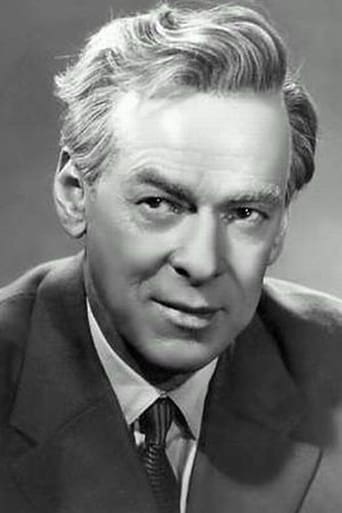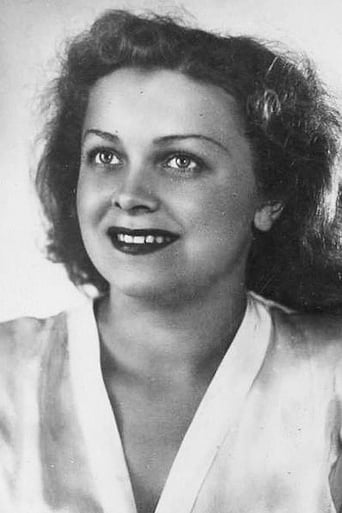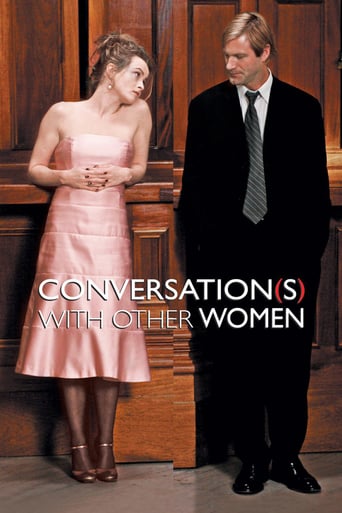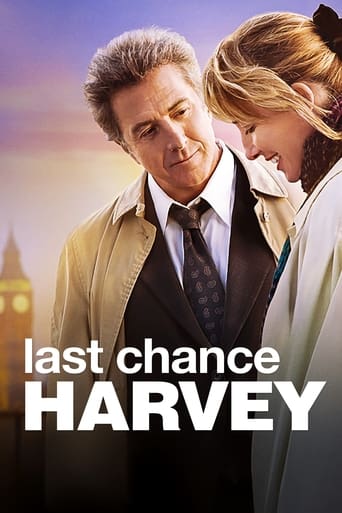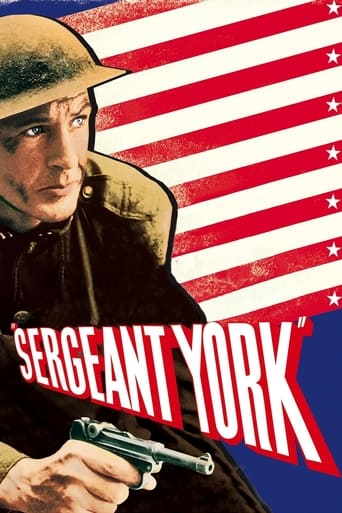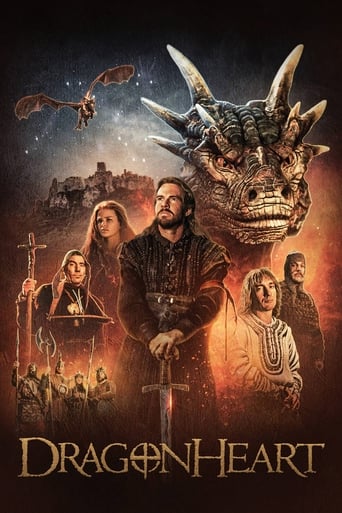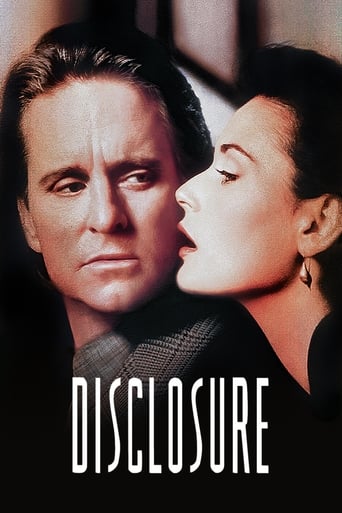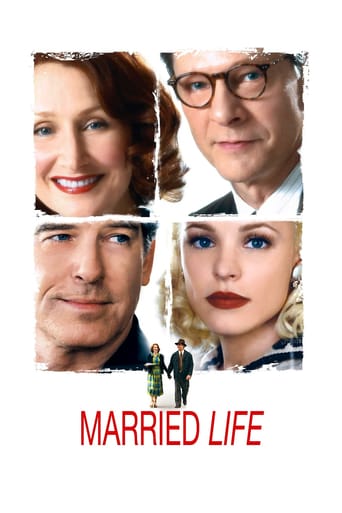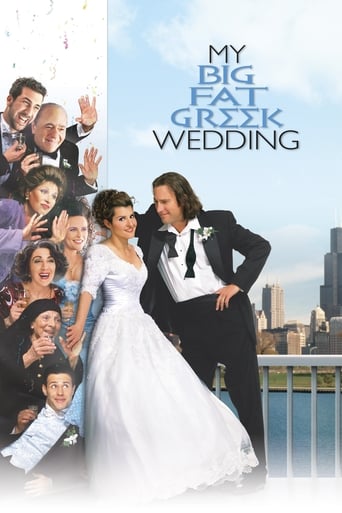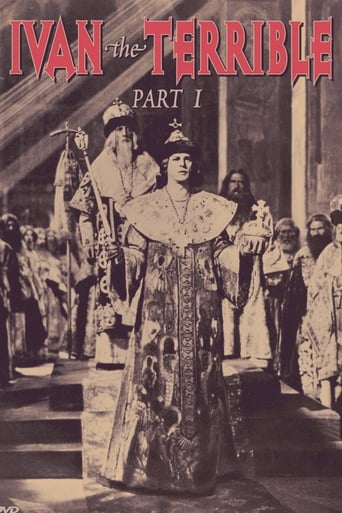

Ivan the Terrible, Part I (1944)
Set during the early part of his reign, Ivan faces betrayal from the aristocracy and even his closest friends as he seeks to unite the Russian people. Sergei Eisenstein's final film, this is the first part of a three-part biopic of Tsar Ivan IV of Russia, which was never completed due to the producer's dissatisfaction with Eisenstein's attempts to use forbidden experimental filming techniques and excessive cost overruns. The second part was completed but not released for a decade after Eisenstein's death and a change of heart in the USSR government toward his work; the third part was only in its earliest stage of filming when shooting was stopped altogether.
Watch Trailer
Cast
Similar titles
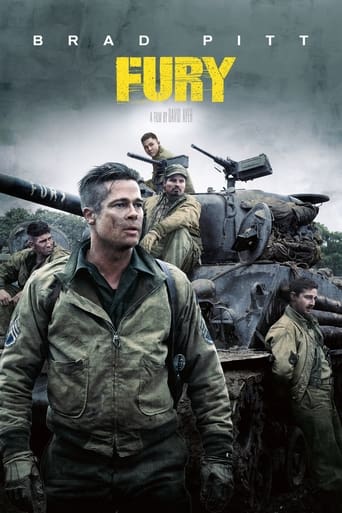
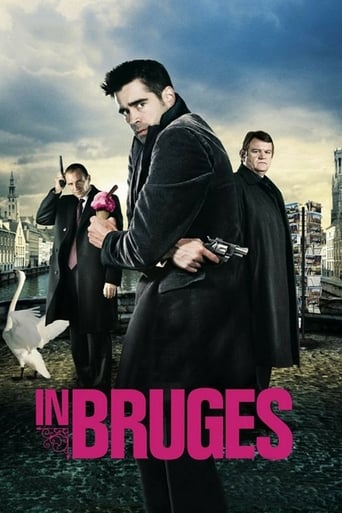
Reviews
Very very predictable, including the post credit scene !!!
Overrated
The story-telling is good with flashbacks.The film is both funny and heartbreaking. You smile in a scene and get a soulcrushing revelation in the next.
The movie's not perfect, but it sticks the landing of its message. It was engaging - thrilling at times - and I personally thought it was a great time.
Part I of Eisenstein's masterpiece "Ivan the Terrible" (Part III of the intended trilogy wasn't completed). (Also see my review of Part II for additional comments.) The storyline may be unfamiliar and the film is heavily "episodic". So first skim Wikipedia articles "Ivan the Terrible" and "Ivan the Terrible (film)", and understand the terms "Tsar" and "third Rome".This is not just a simple wartime morale booster. It explicates Eisenstein's personal theories of "what made Ivan tick?" (although this theme may be obscured by censor-required changes, especially in Part I): childhood trauma, the heavy burden of power, great power inevitably corrupts, force of personal will overpowered good sense, "Great Rusian State" too abstract and unrealistic a goal, even a possible Faustian bargain. The recently prominent biological possibilities (sublethal dose of his wife's poison; near-death illness; regular use of mercury-based pain medication; inherited manic-depressive cycles) aren't even considered.The Netflix DVD contained an early transfer from Corinth Films, Inc. The barely acceptable sound quality did no favors to Sergei Prokofiev's excellent score, and the hard to read subtitles were burned right into the picture itself. A DVD from Hong Kong (via eBay) was the same mediocre transfer with the same burned in English subtitles, and again no commentary nor bonus materials. The Criterion version image transfer was much better, and the sound had more consistent loudness and less hiss (but the net sound quality -apparently inherited from the original- still wasn't very good). New similar (if somewhat more literally translated) subtitles are easier to read and control. There's both a commentary and lots of helpful bonus materials, including some lengthy alternate sequences.(The Criterion version is part of "Eisenstein: The Sound Years" - avoid the titles "Ivan the Terrible, Parts I and II" which are the old Corinth transfer!)
Even though this is still a fine movie, that is skillfully directed, the movie also suffers from Sergei M. Eisenstein 's directing style.Sergei M. Eisenstein began his directing career back in 1923. He also directed his best and most classic and memorable movies during that decade. I'm talking about real artistic and influential classics such as "Bronenosets Potyomkin" and "Oktyabr". Later during his career he however changed very little in his style and approach of directing. What worked out so extremely well in the '20's and till some extend the '30's however don't work as well for an '40's movie. The movie is directed like all of his silent movies, while of course this movie is fully spoken and features lots of dialog. Still Eisenstein tries to tell the story with the actor's very expressed faces and looks. The movie has lots of long staring, intense looks and big eyes in it, with exaggerated motions, like you will only normally see in an early '20's movie. This movie would had been way better had it been made in the '20's, without sound- or if Eisenstein had picked a different approach, more suiting of its time.It tells the story also slow and therefore the movie is not at all time that interesting to watch. The movie could had told way more and way faster. That way Eisenstein also wouldn't have had to bother to make two more sequels to this movie, which however got banned or just completely halted by Stalin because the movies were being too critical for his taste about the character of the 'great' Czar Ivan IV and the current 'modern' Soviet reign.Nevetheless it by no means is a horrible movie. It's just being overrated, probably because it got directed by the great Eisenstein, who is one of the most influential early movie directors from the 20th century.The movie is still good to watch and it does tell a story filled with themes of all time concerning power and betrayal. Artistically it also is a fine looking one, even though the approach, look and feeling of the movie was already terribly outdated for normal 1944 standards.Good movie but not really right and suiting for its time. Eisenstein's earlier movies remain his better ones.7/10http://bobafett1138.blogspot.com/
I've seen this a number of times now so it's difficult for me to remember having trouble getting into the stylised form of acting and by 1944 dated expressionistic cinematography that other viewers might have. First time of watching it was on UK TV over 20 years ago with Part 2 and a documentary called Part 3 containing the remaining extant scenes, and I loved it. I'm dead against arty farty pretentious movies and am always aware that being obscure does not automatically make a film a classic, but this really is a classic of its kind. It was Eisenstein's best work (imho) a rallying call to all of the disparate inhabitants of Mother Russia to work and fight together, which was ordered by Stalin and who was pleased with the similarities I bet he was on tenterhooks waiting for Ivan to go insane though.Ivan is crowned Tsar of all the Russias and proceeds to drag the country into the 16th century, disposing of external enemies in the form of Tartars, starting a long war against Livonia and limiting the influence of the antagonistic aristocracy, the boyars. The acting is intensely melodramatic, with endless sinister sidelong glances taken from acute camera angles and Ivan's pointy beard shown to good advantage, which to people not paying much attention can probably be mirth-inducing. But this was pulse-quickening propaganda for the new Russian working class to comprehend, not Artheads decades later - Eisenstein did it so memorably that like Potemkin it's still spellbinding today. Otoh he borrowed extensively from Snow White too for some of most incredible shadowy images in here, and his whole technique hadn't moved on from silent film. The use of the b&w nitrate film, costumes, sets and angular ugly faces are wondrous to behold and Prokofiev's stirring music glues it all together triumphantly.All in all, a knockout film with faults but which still defies and will survive all criticism.
Another one of these "must see" films that art houses used to play to a packed audience of students striving to see and ponder what has become known throughout the film world as a "masterpiece of its kind". And afterwards, overcome by the techniques mastered in filming this historical opus, they all declare that it is indeed the world's greatest film.Not so. Sure, the visuals are as stunning as any you will see in a current epic, but the script is a ponderous one that will try the patience of anyone waiting for something to happen. It's full of operatic excesses in the way all the close-ups of wide-eyed hysteria are filmed in a Gothic blend of shadow and light, with the principal actors overplaying their bigger than life emotions as though they were on a stage in a theater of at least 6,000 seats.Nothing subtle about these portrayals and yet they remain fixed in the mind afterwards, endlessly fascinating in the way these characters are presented on screen. Ivan the Terrible looks more like one's conception of Rasputin with his stringy beard and look of menace that would put Bela Lugosi to shame. He resembles John Barrymore in full make-up.The settings and costumes are all in keeping with the brooding 16th Century Russian atmosphere and the soundtrack is full of Russian chants to further the mood.Lacking subtlety due to their silent screen poses and operatic expressions are Nikolai Cherkasov as Czar Ivan IV and Lyudmila Tselikovskaya as Czarina Anastasia Staritskaya. She strongly resembles a cross between Katina Paxinou and Martita Hunt, as the woman who unwittingly sacrifices her son for the throne.The final scenes leading up to the tragic death of the Czarina's son are beautifully composed and visually compelling to watch, especially those scenes photographed in vivid color (with an accent on blood red), still making use of stark, shadowy images.But a masterpiece? Not by today's standards. Worth watching? Indeed.
